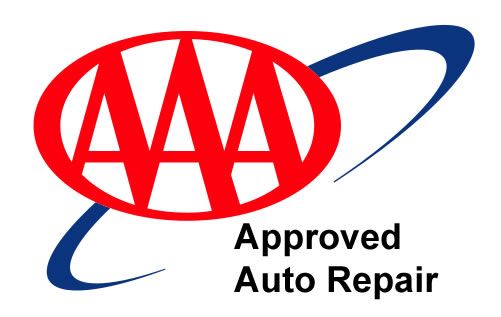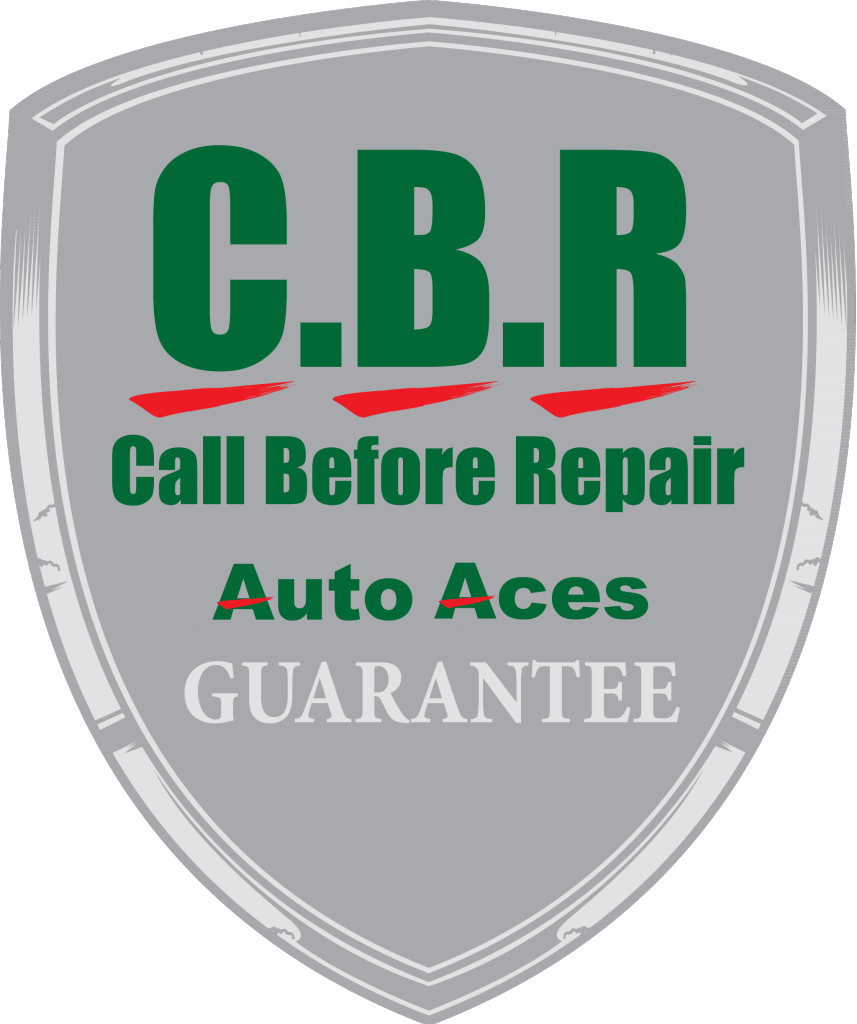Ice is Not Nice
The #1 icy road driving tip: Reduce your speed
Slowing down is the most important thing to do when driving on ice and snow. High speeds make it both easy to lose control and difficult to stop. You should never be driving faster than 45mph in any vehicle when roads are icy – not even on highways! In many cases, much slower speeds are necessary. You can slide off of the road on certain types of more treacherous icing – like black ice – at 10mph or less! If you’re fishtailing or sliding at all, it means you are going too fast for the conditions.
You don’t have the skill to drive at normal speeds on icy road. A factor in many of the serious and fatal crashes is overconfidence in one’s abilities and/or equipment (traction control, antilock brakes, stability control, winter tires). Some feel that they have sufficient experience in winter driving, and can therefore continue normally (at or above the speed limit). But a fishtail on ice that occurs at highway speeds is usually unrecoverable by even the most quick-witted and experienced drivers. Practicing slow-speed slides in parking lots is useless for what happens to a vehicle at highway speed. A person who enters a high-speed slide will quickly learn that it is something they can’t handle – but all too late.
The #2 icy road driving tip: Don’t drive on icy roads
The best way to avoid an accident on an icy road is to simply stay off the roads until the threat passes. Nothing can inconvenience you more than a wreck or getting stuck!
- Wear your seat belt!
Even though wearing your seat belt should already be a no-brainer at all times, during the winter it’s even more critical. An alarming number of road ice fatalities occur with minor accidents where the vehicle occupants were not wearing seat belts. - Pay attention to the weather
Make the weather forecast part of your daily routine during the winter. Awareness of conditions will help you be more prepared. - Go easy on your brakes
Brake application is a common trigger of slides that result in a loss of vehicle control. ABS (antilock brakes) do not work well on ice and snow, and often will lock up your wheels regardless. Sliding wheels are uncontrollable, that is, steering input will not change the vehicle’s direction if the wheels are sliding. - Turn into a slide
If you’re fishtailing or sliding, it usually means you are going too fast. Reduce your speed so you won’t need to worry about this! Most high-speed slides are difficult to correct successfully. If you’re caught off guard and begin sliding, turn your wheels in the direction that the rear of your car is sliding. It helps to look with your eyes where you want the car to go, and turn the steering wheel in that direction. It is easy to steer too far, causing the car to slide in the other direction. If this happens (called overcorrecting), you’ll need to turn in the opposite direction. - Icy road accidents happen in multiples
Your own accident is sometimes not the greatest threat to you – additional out-of-control vehicles often are. - Don’t stop for accidents or stranded vehicles along an icy roadway
Being a Good Samaritan is a noble thing, but on an icy road, it can cause more problems than solutions. Parking on the side of an icy highway can cause passing drivers to brake and lose control, putting the lives of everyone involved in danger. Unless the stranded driver is in immediate danger, the best thing you can do is contact the authorities (call 9-1-1), who are equipped to safely block the road, or divert traffic while a tow truck can do the job properly. - Avoid hills or other dangerous roads during icy conditions
The laws of physics are unforgiving! If you attempt to tackle a steep enough incline, there is nothing you can do to stop gravity from taking its toll.
Auto Aces



